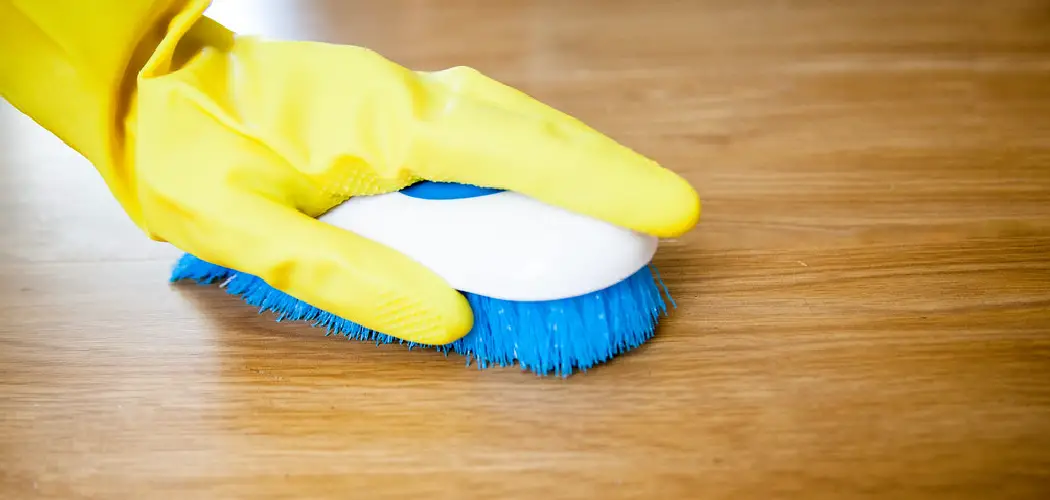Are you looking for an easy and effective way to clean your hardwood floors? Trying to find a product that can help remove stubborn stains without harsh chemicals or strong odors? Hydrogen peroxide might be the answer – it is a natural, eco-friendly cleaner that is gaining in popularity. Read on to learn more about how to clean hardwood floors with hydrogen peroxide and keep them looking their best. With just a few simple steps, you can make sure your home stays sparkling clean while keeping your family safe from harmful toxins.
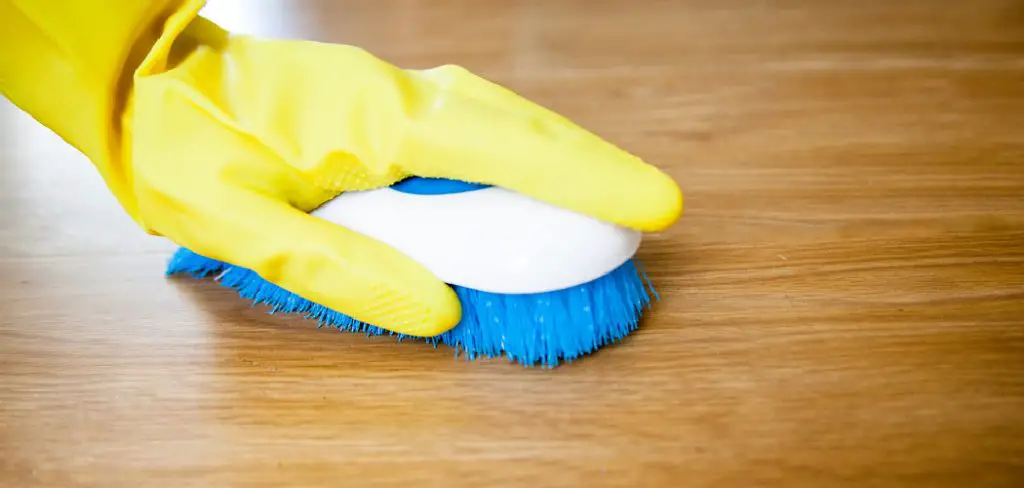
Does Hydrogen Peroxide Damage a Wood Finish?
The answer to this question is both yes and no. Hydrogen peroxide can be used as a safe cleaning agent for hardwood floors, but it depends on the type of wood finish you have. For example, if your floors are covered in a polyurethane finish, hydrogen peroxide should not be used as it can cause discoloration and damage to the wood. However, if the finish is wax or oil-based, it can be used safely as a cleaning agent.
When using hydrogen peroxide to clean hardwood floors with an oil or wax finish, always start by diluting it with water first. The recommended ratio for mixing hydrogen peroxide with water is 1 part hydrogen peroxide to 3 parts water. This will ensure that the solution is not too strong and won’t harm your floor’s finish. Once you have mixed the solution, use a damp mop with the diluted hydrogen peroxide to thoroughly clean your floors.
Once you have finished cleaning your floors, make sure to dry them immediately afterward. This will help to prevent any damage or discoloration that can occur when hydrogen peroxide is left on the floors for too long.
10 Methods How to Clean Hardwood Floors with Hydrogen Peroxide
1. Vacuum Regularly.
The first step to keeping your hardwood floors clean is to vacuum them on a regular basis. This will help to remove any dirt, dust, or debris that may have been tracked in from outside. Be sure to use a soft-bristled attachment on your vacuum cleaner so as not to damage the flooring. If you are using a wet-dry vacuum, make sure to only use the dry setting.
When vacuuming, it is important to remember to move the cleaner slowly and in a back-and-forth motion. This will help to ensure that you get all the dirt and debris that has been trapped in the crevices of your floors.
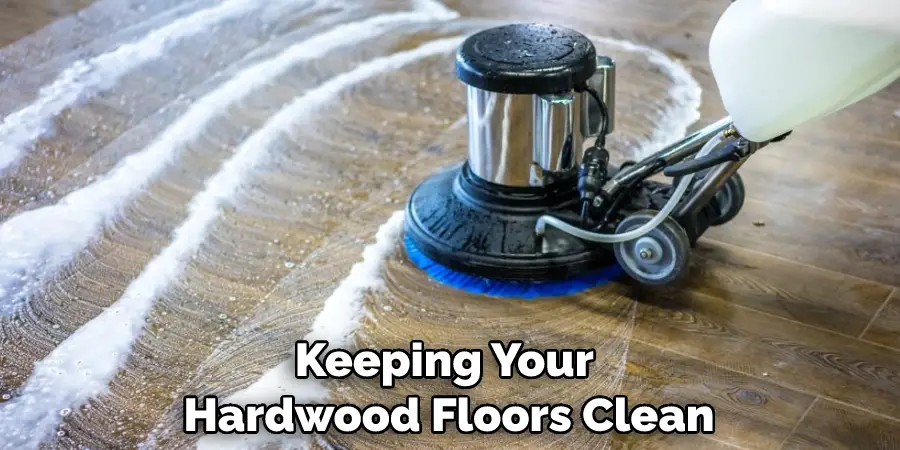
2. Sweep or Dry Mop Weekly.
In addition to vacuuming, you should also sweep or dry mop your floors on a weekly basis. Use a soft-bristled broom or dust mop to remove any dirt and debris. Avoid using a wet mop as this can damage the floors. However, if you must use a wet mop, make sure the water is clean and that it is wrung out thoroughly before using.
3. Spot Clean Spills Immediately.
If you spill something on your hardwood floors, it is important to clean it up immediately. Otherwise, the liquid could seep into the wood and cause damage. To spot clean a spill, simply blot the area with a clean cloth or paper towel. If necessary, you can also use a small amount of hydrogen peroxide to remove the stain. Simply mix equal parts hydrogen peroxide and water and gently scrub the area until the stain is gone. Be sure to dry off the area with a dry cloth afterward to ensure that no moisture remains on your floor. Make sure to test an inconspicuous area first before using hydrogen peroxide on larger areas.
4. Use Hydrogen Peroxide for Tough Stains.
Hydrogen peroxide is a great way to remove tough stains from hardwood floors. Simply apply the hydrogen peroxide to the stain and let it sit for a few minutes before wiping it away with a clean cloth. Be sure to test the hydrogen peroxide on a small area of the floor first to make sure it won’t damage your hardwood. You can also use a combination of hydrogen peroxide and distilled white vinegar for tough stains.
Mix equal parts of each in a spray bottle and spray it on the stain directly. Allow the solution to sit for a few minutes, then wipe it up with a clean cloth. For more stubborn stains, you can use a scrub brush to gently remove the surface layer of dirt and grime.
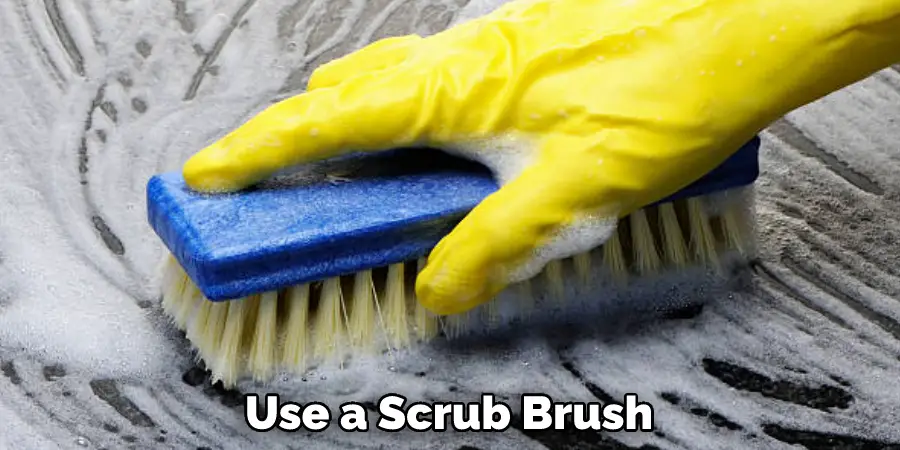
5. Make Your Own Cleaning Solution.
If you prefer not to use store-bought cleaning solutions, you can easily make your own at home using hydrogen peroxide and water. Simply combine one pint of hydrogen peroxide with two gallons of water. Dip a mop into the solution and wring it out until only slightly damp. Mop the floors in a gentle side-to-side motion, avoiding any excess water on the floor. When finished, rinse the mop and repeat the same process with a clean solution. Make sure to dry the floors immediately after cleaning by using a cloth or paper towels, as hydrogen peroxide can cause discoloration if left on the floors.
6. Test the Solution in an Inconspicuous Area First.
Before using any new cleaning solution on your hardwood floors, it is always best to test it in an inconspicuous area first. This will ensure that the solution will not damage the flooring in any way. If you do decide to use hydrogen peroxide on your floors, make sure you clean a small area before applying it over the entire floor. With this precaution, you can be sure that your hardwood flooring will remain in great condition for years to come.
7. Use a Microfiber Mop for Wet Cleaning.
When wet cleaning your hardwood floors, be sure to use a microfiber mop rather than a traditional sponge mop. Microfiber mops are less likely to leave streaks or smears on the floor and are much more effective at picking up dirt and debris. When using your microfiber mop, make sure to wring it out thoroughly in order to prevent too much water from getting onto the flooring. Although hydrogen peroxide is considered a safe cleaner for most hardwood floors, you should still be careful not to leave puddles of water on the floor.
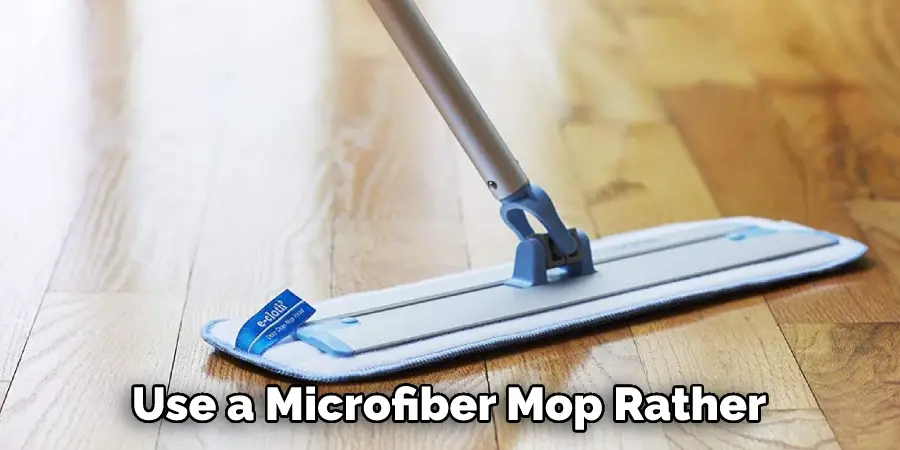
8. Use a Soft-Bristled Brush for Scrubbing.
If you need to scrub a particularly tough stain, be sure to use a soft-bristled brush rather than a hard one. Hard bristles can cause scratches on the flooring, which can be difficult (if not impossible) to remove. If you are unsure about the bristles on your brush, it is best to use a soft cloth instead. However, if you do use a brush, make sure to scrub gently in order to avoid damaging the floorboards.
9. Rinse With Clean Water After Cleaning.
After cleaning your hardwood floors with hydrogen peroxide, it is important to rinse them off with clean water afterward. This will help to prevent any streaks or residue from forming on the flooring and will leave it looking shiny and new. To do this, use a damp cloth to wipe away excess cleaning solution, then mop the floors using a clean water-filled bucket and a microfiber mop.
Once the entire floor has been mopped, you can dry it off with a clean, absorbent towel to ensure that no water is left behind. This will help to keep your hardwood floors looking their best. With proper care and maintenance, your hardwood floors should last for many years to come.
10. Dry Immediately After Rinsing.
After rinsing your floors, it is important to dry them immediately with a clean, dry cloth. This will help to prevent any moisture from seeping into the wood and causing damage. Never leave wet towels or mops on your hardwood floors, as they can cause discoloration over time. Additionally, make sure to mop up any standing water on your floors as quickly as possible. Leaving water on the floor for too long can cause warping, mold, and mildew growth, as well as other damage.
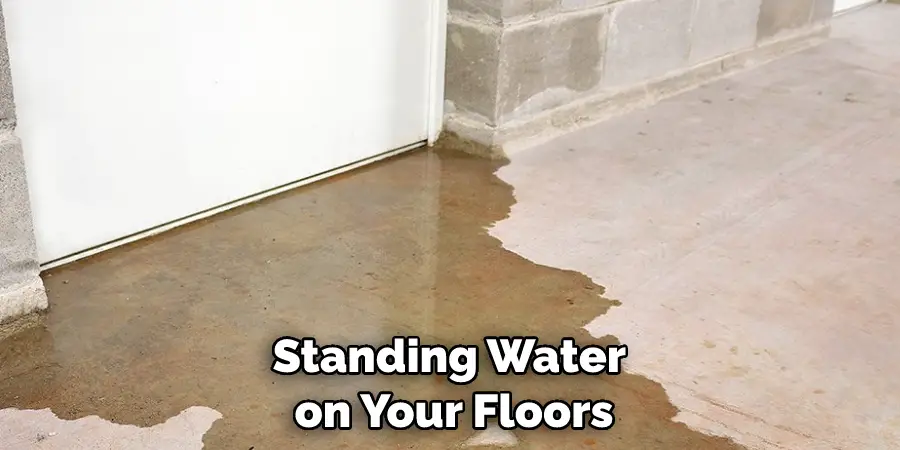
Follow these steps for squeaky-clean results that are sure to last! With regular maintenance and periodic deep cleaning, you can keep your hardwood floors looking great for years to come. By following this guide, you’ll soon be enjoying beautiful and healthy hardwood flooring in no time!
Will Hydrogen Peroxide Bleach Wood?
No, hydrogen peroxide will not bleach wood. However, it can cause discoloration if left on the floor for too long. Therefore, it is important to make sure that you clean up any spills or excess solution immediately and thoroughly dry the floors after rinsing with water. Additionally, always test the solution in an inconspicuous spot before applying it to your entire floor, as hydrogen peroxide can react differently depending on the type of wood. With this precaution, you can be sure that your hardwood flooring will remain in great condition for years to come.
Conclusion
Learning how to clean hardwood floors with hydrogen peroxide can save you time and money. This powerful cleaning agent is great for removing spots and stains from your floor. Hydrogen peroxide is also effective at disinfecting your floors, keeping them looking and smelling fresh. When used correctly, hydrogen peroxide is a safe and effective way to clean your hardwood floors. Just be sure to follow these tips and use the proper cleaning supplies for the best results. Your hardwood floors will thank you!

